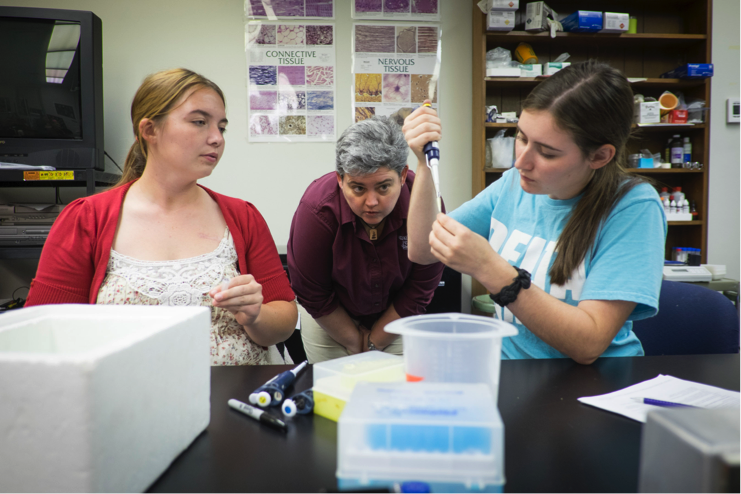How molecular biology will help feed the world
The current world population is 7.3 billion, and is expected to reach 9.7 billion people by the year 2050.
With that, the Food and Agriculture Organization of the United Nations estimates we will need to increase food production by 70 percent in the next 35 years to meet the growing number of mouths to feed on the planet.
Due to global climate change, the amount of arid land — too dry to harvest most crops — is also on the rise.
As perpetual growth continues and natural resources dwindle, it is in the confines of scarcity that opportunity is found.
Jill Farrant, professor of molecular and cell biology at the University of Cape Town in South Africa is working to develop drought-tolerant crops that will be able to resist the driest climate conditions and still produce the amount of food needed to nourish the escalating population.
In a recent TED Talk, Farrant shared her research, comparing commonly used crops and agricultural food sources to what are called “resurrection plants”.
Most plants are comprised of 95 percent water and can lose only between 10 and 70 percent of that water (dependent on the species), for short amounts of time before they die. Resurrection plants, Farrent explains, are different.
These plants can lose 95 percent of their cellular water, remain in a dry, dead-like state for months to years, and once given water, will green and begin growing again within 12 to 48 hours.
“My research has shown that there’s considerable similarity in the mechanisms of desiccation tolerance in seeds and resurrection plants. So I ask… are resurrection plants using genes evolved in seed desiccation tolerance in their roots and leaves?” Farrant asks.
“The answer is yes,” Farrent says. “There is a core set of genes that are involved in both.”
The goal of this project and Farrant’s research is to understand the environmental and cellular signals that activate in these resurrection plants during a drought, and mimic this process in other crops.
“What we’re trying to do very rapidly is to repeat what nature did in the evolution of resurrection plants some 10 to 40 million years ago,” says Farrant.
Bachelors in biology students at William Woods University can take courses like BIO 405: Cell and Molecular Biology, where they will learn more about the ultrastructure of the cell, from the biochemical structure and function of DNA and proteins to genetic reorganization and more. Students can also learn more about agriculture and plant behavior within an ecosystem through BIO 330: Ecology.
You can watch Farrant’s TED Talk and learn a little more about her research and findings below.


